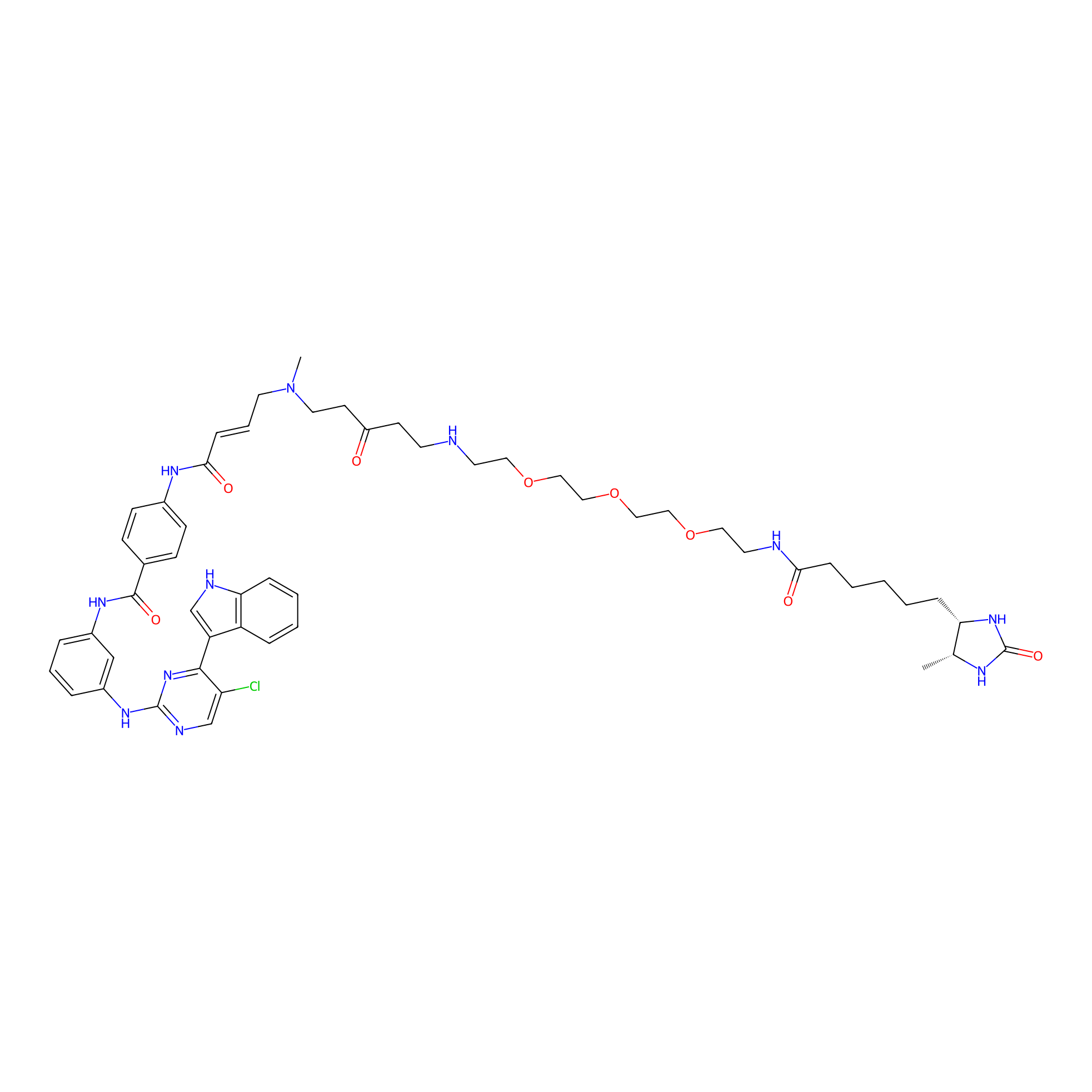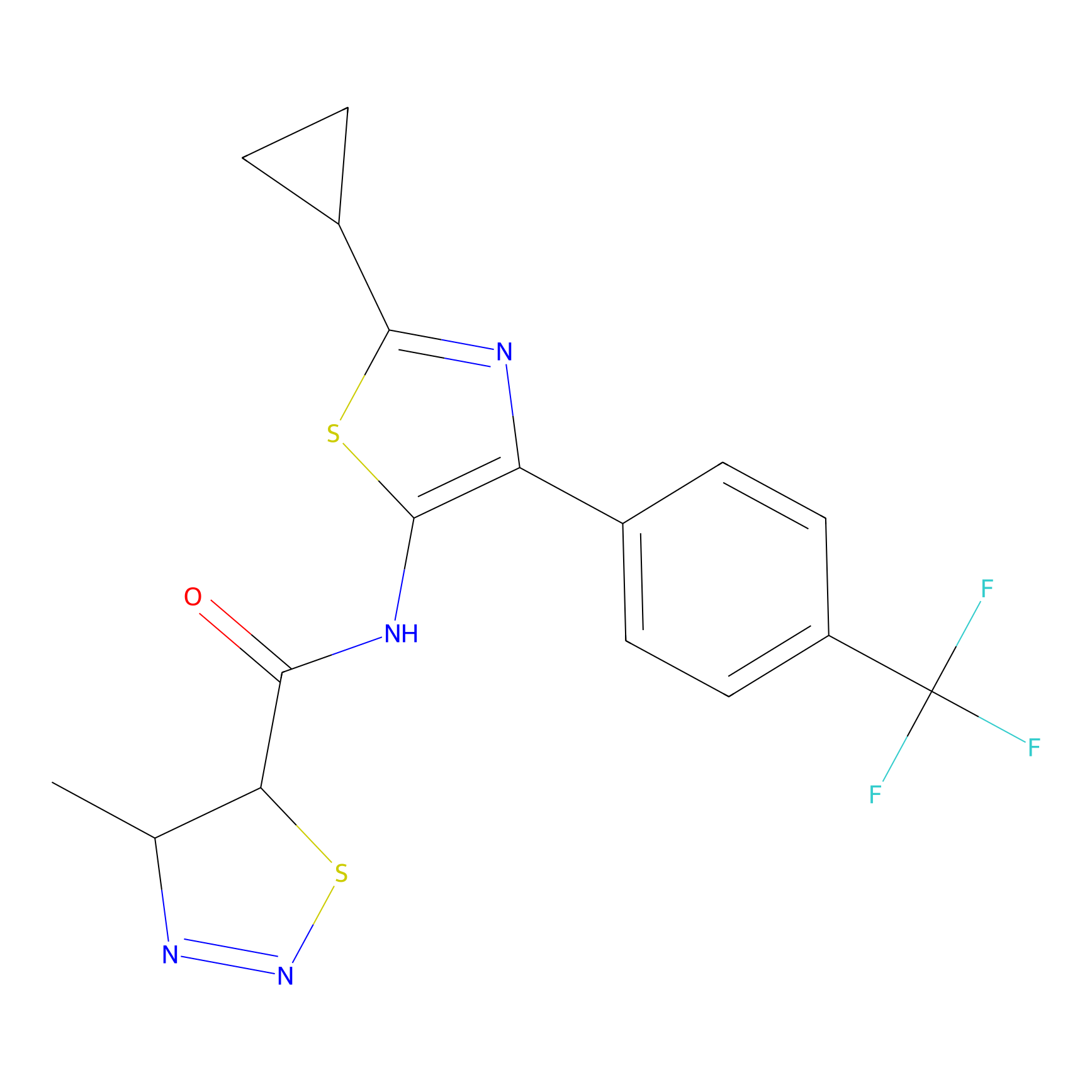Details of the Competitor
General Information of Competitor
The Competitor Interaction Atlas
Probe(s) Related This Competitor
ABPP Probe
| Probe Name | Structure | Concentration | Cell-system | Ref | |
|---|---|---|---|---|---|
|
THZ1-DTB Probe Info |
 |
2 uM | Human cervical adenocarcinoma cell lysate (HeLa S3) | [1] | |
Target(s) List of this Competitor
|
4 Enzyme Competed by This
Competitor
|
||||||||||||||||||||||||||||||||
|
2 Transporter and channel Competed by This
Competitor
|
||||||||||||||||||||||||||||||||
|
4 Other Competed by This
Competitor
|
||||||||||||||||||||||||||||||||
Full Information of The Labelling Profiles of This Competitor

THZ1-DTB
Quantification: Probe vs (Probe+Competitor)
|
Experiment 1 Reporting the Labelling Profiles of This Probe
|
||||
| Probe concentration | ||||
| Quantitative Method | ||||
| Competitor Name | ||||
| Competitor Concentration | ||||
| In Vitro Experiment Model |

|
|||

|
||||
| Cervical cancer [ICD11: 2C77] | ||||
| Human cervical adenocarcinoma cell lysate (HeLa S3) | ||||
| Interaction Atlas ID |
 Download The Altas
Download The Altas
|
|||

